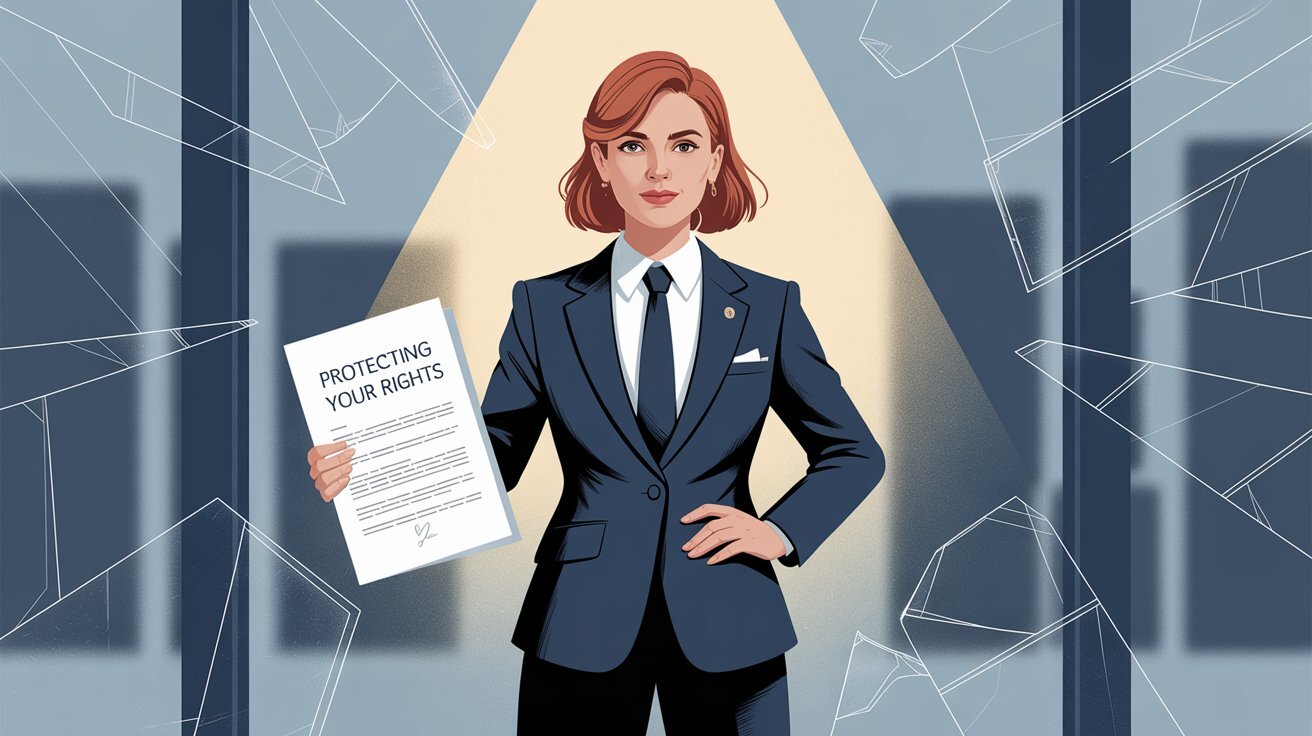Feeling Targeted at Work? A Practical Guide to Dealing with Workplace Harassment

Work should be a place where you feel safe, respected, and empowered. But what happens when your workplace becomes a source of stress, anxiety, or fear? Whether it’s verbal abuse, bullying, or unwanted advances, harassment can damage your well-being and career. This guide offers essential steps for dealing with workplace harassment and protecting your rights.
What Is Workplace Harassment?
Workplace harassment refers to any unwelcome behavior—verbal, physical, or visual—that creates a hostile, intimidating, or offensive work environment. It can come from coworkers, supervisors, or even clients. Harassment may be based on:Gender or sexual orientation,Race, ethnicity, or national origin,Religion or beliefs,Age or disability,Pregnancy or medical condition
If the behavior interferes with your job or violates your dignity, it’s time to start dealing with workplace harassment seriously.
Common Forms of Workplace Harassment
Harassment isn’t always loud or obvious. It can take many forms, including:Sexual Harassment: Inappropriate comments, gestures, touching, or pressure for sexual favors
Verbal Abuse: Insults, slurs, or constant criticism.Bullying: Intimidation, humiliation, or social exclusion.Retaliation: Being punished or targeted for reporting misconduct.Discriminatory Harassment: Singling someone out due to race, religion, or other protected statusRecognizing these behaviors is the first step toward effectively dealing with workplace harassment.
Steps for Dealing with Workplace Harassment
If you’re facing harassment, you don’t have to suffer in silence. Follow these steps to take control:Document Everything Keep a record of every incident—dates, times, locations, and what was said or done. Include names of witnesses if possible. Your documentation could be key evidence.Review Company Policies Most employers have anti-harassment policies outlined in the employee handbook. Familiarize yourself with your rights and the procedures for reporting misconduct. Report the Harassment Report the behavior to your supervisor, HR department, or use the company’s internal reporting system. If the harasser is your supervisor, go to a higher authority or HR directly.Seek SupportTalk to someone you trust—a friend, colleague, therapist, or support group. Dealing with workplace harassment can be emotionally draining, and you don’t have to go through it alone.Contact an Employment Lawyer If your complaints are ignored or if the harassment continues, an employment lawyer can help you understand your options and take legal action if necessary.
Why Speaking Up Matters
Staying silent only empowers the harasser. By speaking up, you not only protect yourself but may also prevent others from becoming victims. Many organizations take harassment seriously—especially when backed by clear documentation and a formal complaint.Under laws like Title VII of the Civil Rights Act and various state laws, employees are protected from harassment based on race, sex, religion, and other protected categories. If your employer fails to act, you can file a charge with the Equal Employment Opportunity Commission (EEOC) or pursue legal action.
Final Thoughts
No one deserves to feel unsafe or disrespected at work. Dealing with workplace harassment may feel overwhelming, but taking action empowers you and helps create a safer work environment for everyone.If you’re facing harassment, take a stand. Document the abuse, report it, and seek legal support when necessary. Your voice matters.
